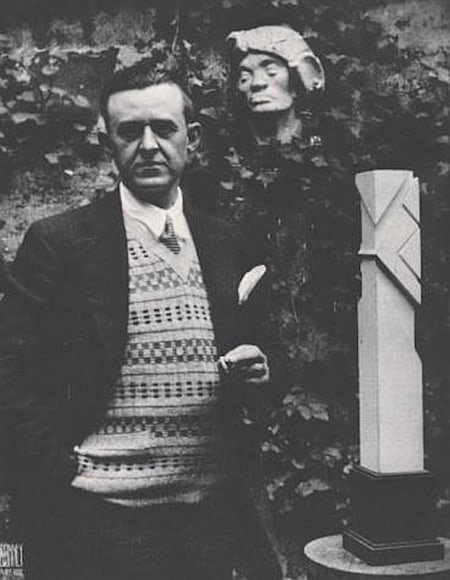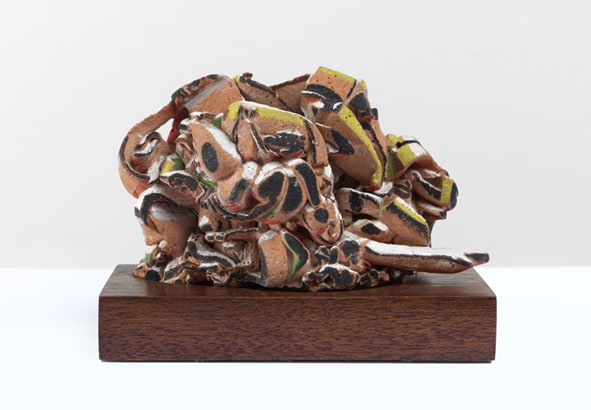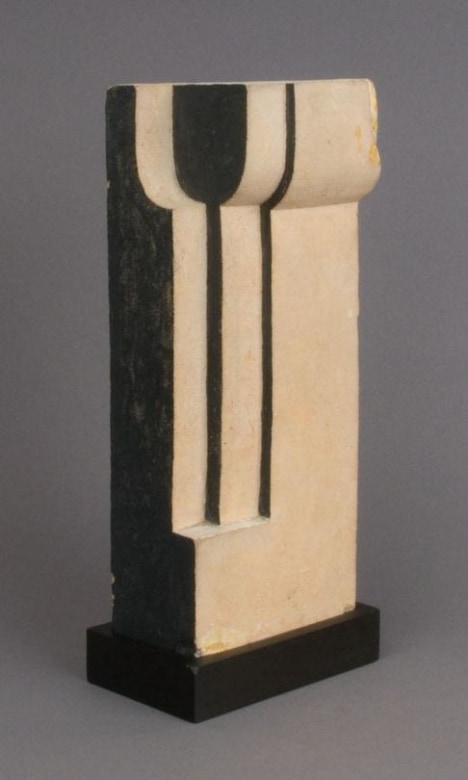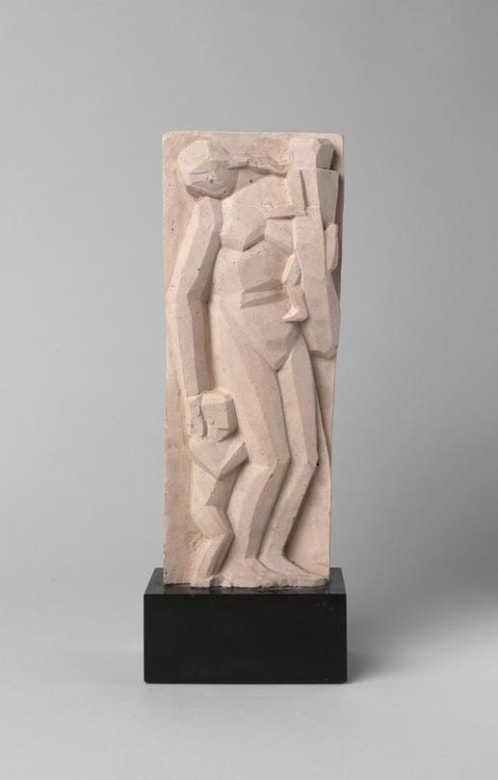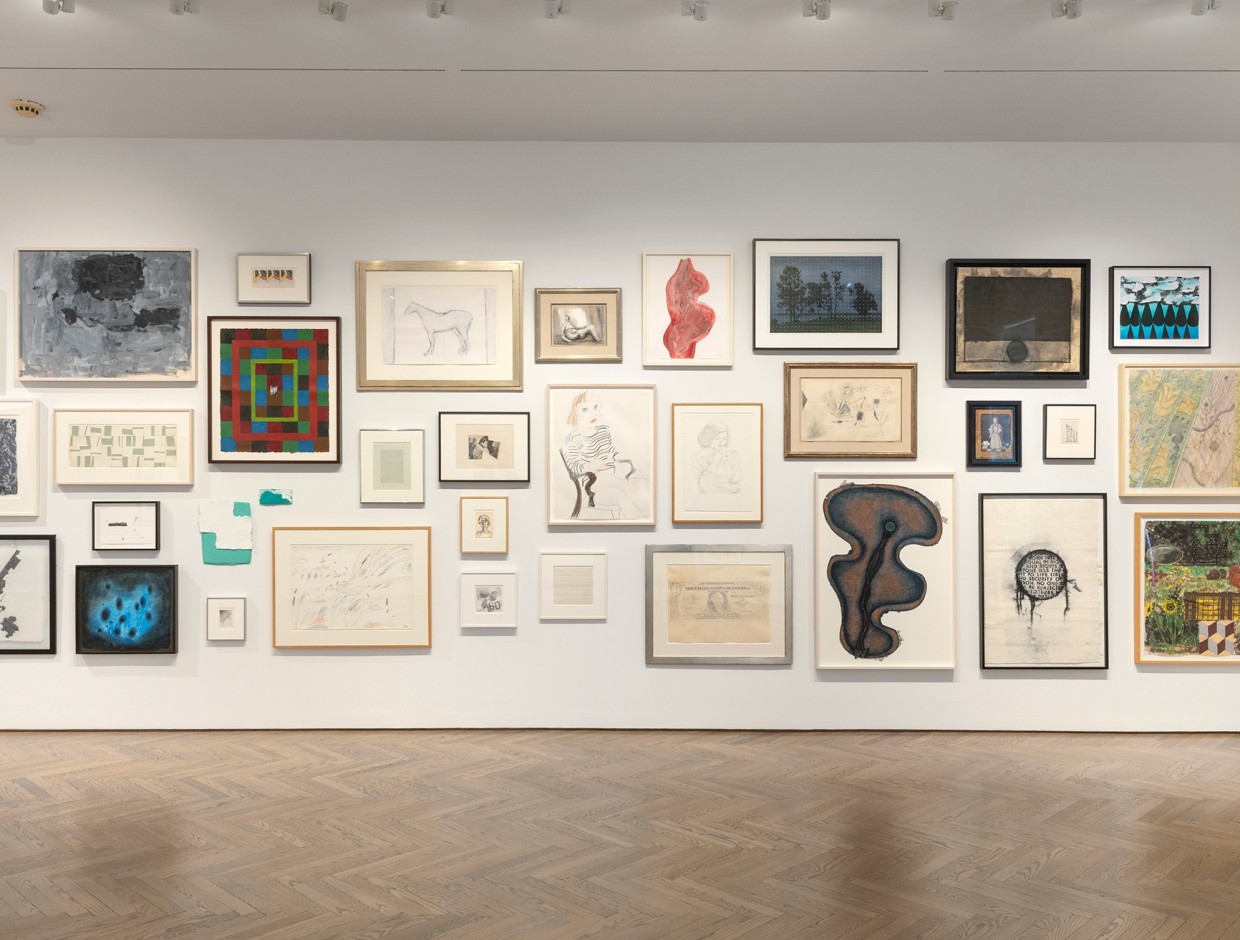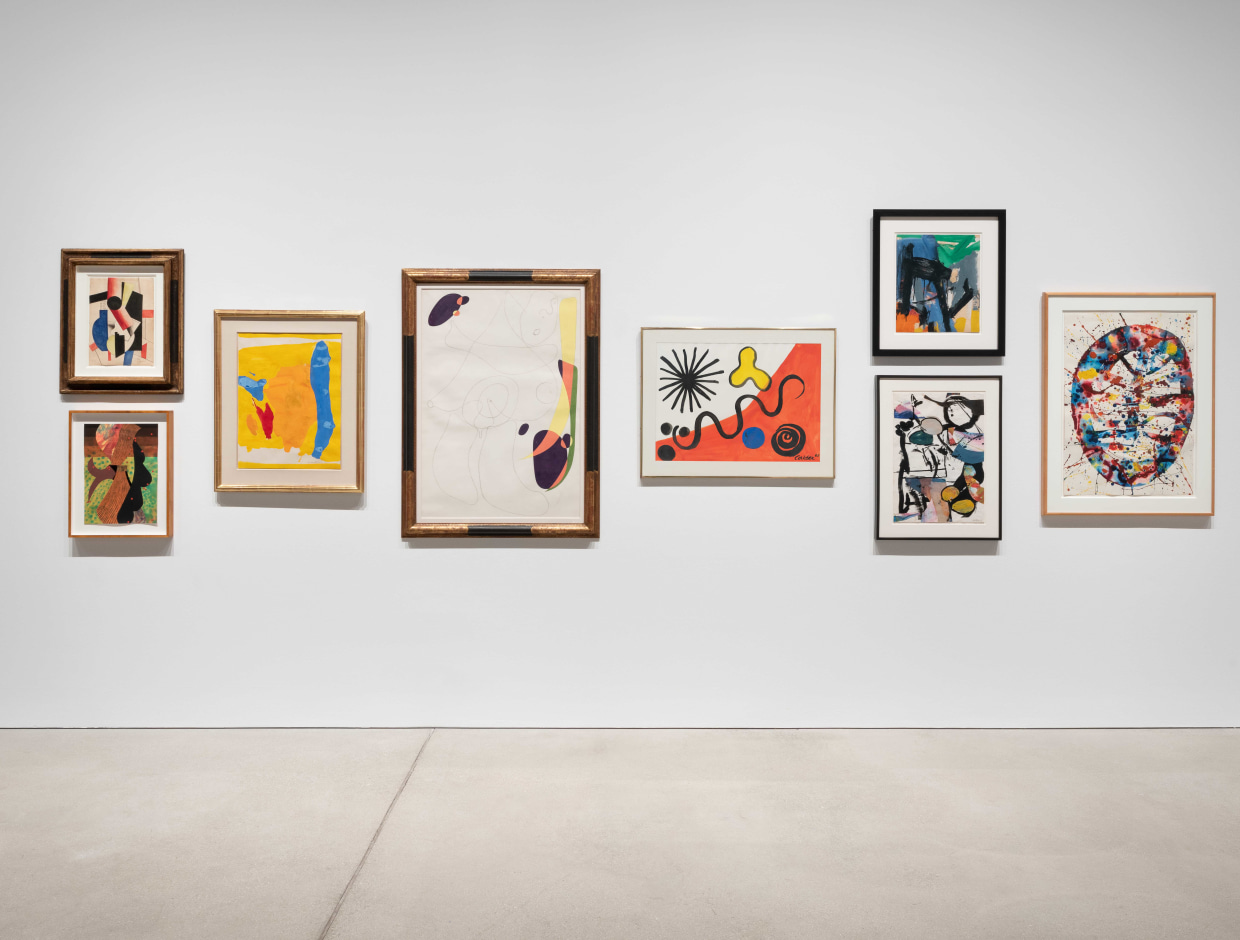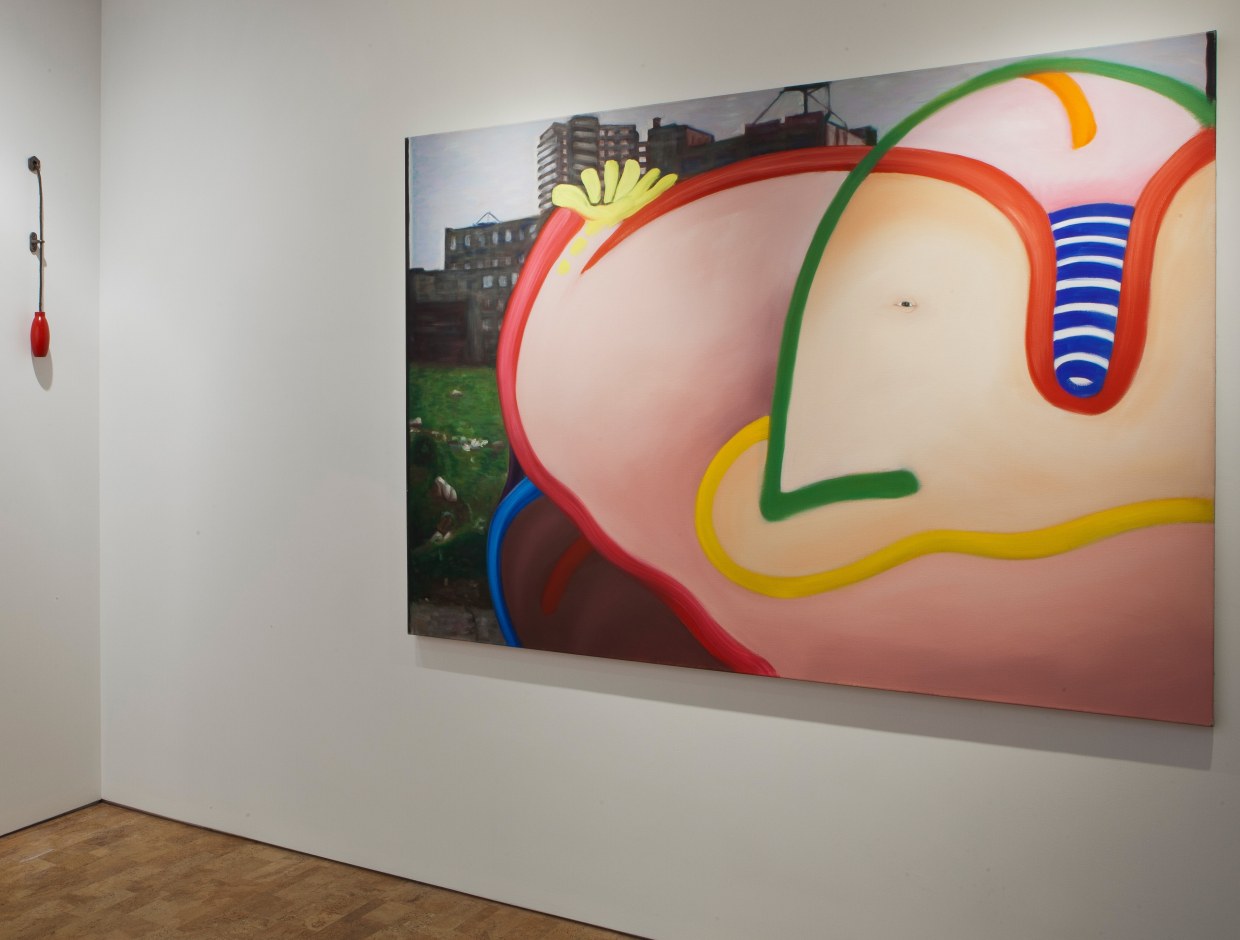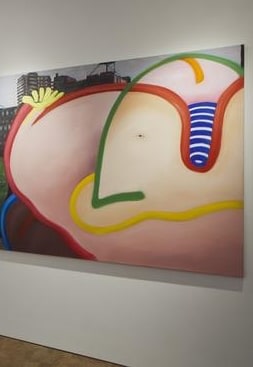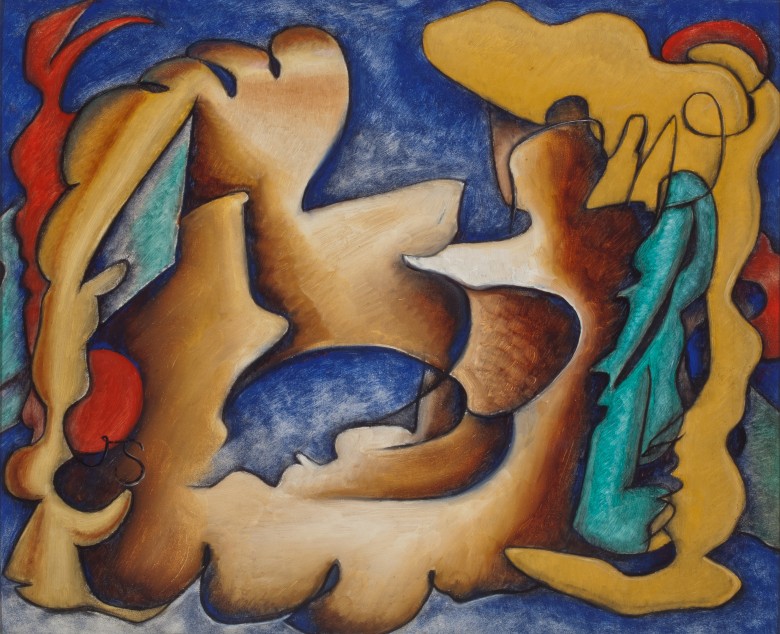
John Storrs (American 1885-1956) is perhaps best known for his columnar, architecture-inspired stone and metal sculpture of the early 1920s. Yet he created masterful works in multiple media throughout his fifty-year career, modeling in clay and executing numerous incised and carved reliefs in addition to painting and drawing. Storrs began his artistic training in the United States before moving to Paris in 1911. There he formed not only artistic but also personal alliances. While in Paris, Storrs developed an early friendship with Jacques Lipchitz whom he met in art school; met and married a French writer, Marguerite De Ville Chabrol in 1914; and studied and worked with the sculptor, Auguste Rodin, with whom he remained close until the master’s death, in 1917.
In the 1920s Storrs developed an aesthetic based on the stylization of Art Deco, using sleek metal forms that suggested skyscrapers and evoked the urban landscape. His work was included in exhibitions in Europe and America, including several organized by the Société Anonyme in New York. As scholar Noel Frackman notes, his 1923 solo exhibition at the Société Anonyme in New York—which also traveled to the Arts Club of Chicago—established Storrs as a member of the international avant-garde. Storrs embraced modernist ideas and themes throughout the 1920s. His continued interest in the machine tied him to artists such as Francis Picabia, Marcel Duchamp, Man Ray, Morton Schamberg, and others connected with Dada, Surrealism, and the Société Anonyme.
His work can be found in numerous public art collections including: The Art Institute of Chicago, Chicago, Illinois; The Baltimore Museum of Art, Baltimore, Maryland; Carnegie Museum of Art, Pittsburgh, Pennsylvania; The Corcoran Gallery of Art, Washington, DC; The Hirshhorn Museum and Sculpture Garden, Smithsonian Institution, Washington, D.C.; Indianapolis Museum of Art, Indianapolis, Indiana; The Metropolitan Museum of Art, New York, New York; The Museum of Fine Arts, Houston, Texas; Musée Nationale d’Art Moderne, Paris, France; San Francisco Museum of Modern Art, San Francisco, California; and Whitney Museum of American Art, New York, New York among others.
For more information and available works, inquire here.

